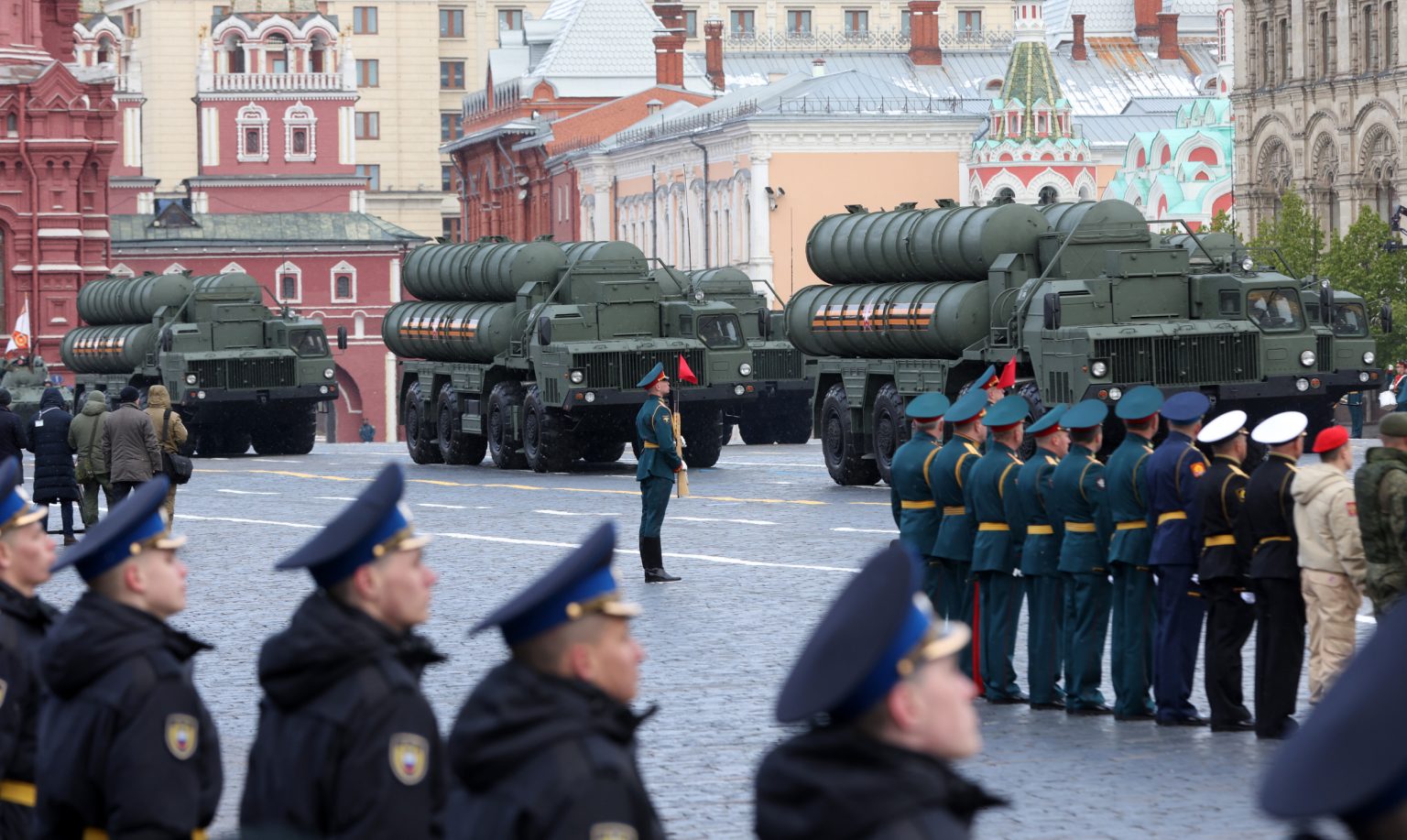Russia has heavily invested in the S-400 Triumf surface-to-air missile system to strengthen its integrated air defense capabilities. While the exact number is not definitively stated by the Kremlin, it is estimated that Russia had around 16 to 18 battalions, or 56 full S-400 systems, deployed by the early 2020s. The S-400 entered Russian service in 2007, replacing older S-300 systems. By late 2015, Russia had 11 missile regiments armed with the S-400, with plans to increase to 16 regiments by the end of 2016. Reports suggest that long-term plans called for 56 S-400 battalions by 2020.
A regular S-400 battalion consists of 8 launchers with 32 missiles and costs around $200 million. Each launcher can carry different missile types with ranges from 40 to 400 kilometers and includes truck-mounted radars, a mobile command post, and multiple launch platforms. Despite its sophisticated capabilities, the S-400 has proven vulnerable in the ongoing conflict with Ukraine. UK intelligence reports indicate that Ukraine likely destroyed at least four Russian long-range S-400 systems in late October 2023, including three in the Luhansk region. These losses will strain Russia’s remaining air defenses and could weaken coverage in other operational areas as systems are redeployed.
There are additional reports of S-400 systems being damaged or destroyed by Ukraine, including strikes in Crimea and within Russia itself. Ukrainian forces have successfully targeted S-400 systems with modified anti-ship missiles and precision long-range weapons, such as the U.S. Army Tactical Missile System (ATACMS). The destruction of these prized S-400 systems is seen as a significant setback for Russia’s air defense capabilities, creating vulnerabilities in their integrated air defense network that Ukraine can exploit. While the S-400 initially performed well in Ukraine, the recent vulnerabilities could provide valuable lessons for Western militaries on how to counter the system.
The S-400 has been a critical component of Russia’s defense strategy, particularly in regions like Crimea, where it has been deployed to control airspace over significant areas such as the western half of the Black Sea. The system has been exported to several countries, including China and Turkey, despite opposition from the United States and NATO due to concerns about interoperability with NATO defense systems and potential sanctions. The losses of multiple S-400 systems in the conflict with Ukraine highlight the strategic importance of these missile systems and the challenges faced by Russia in defending against advanced weapons systems. These developments pose new challenges for Russia’s air defense capabilities and could have implications for future conflicts and military strategies.















